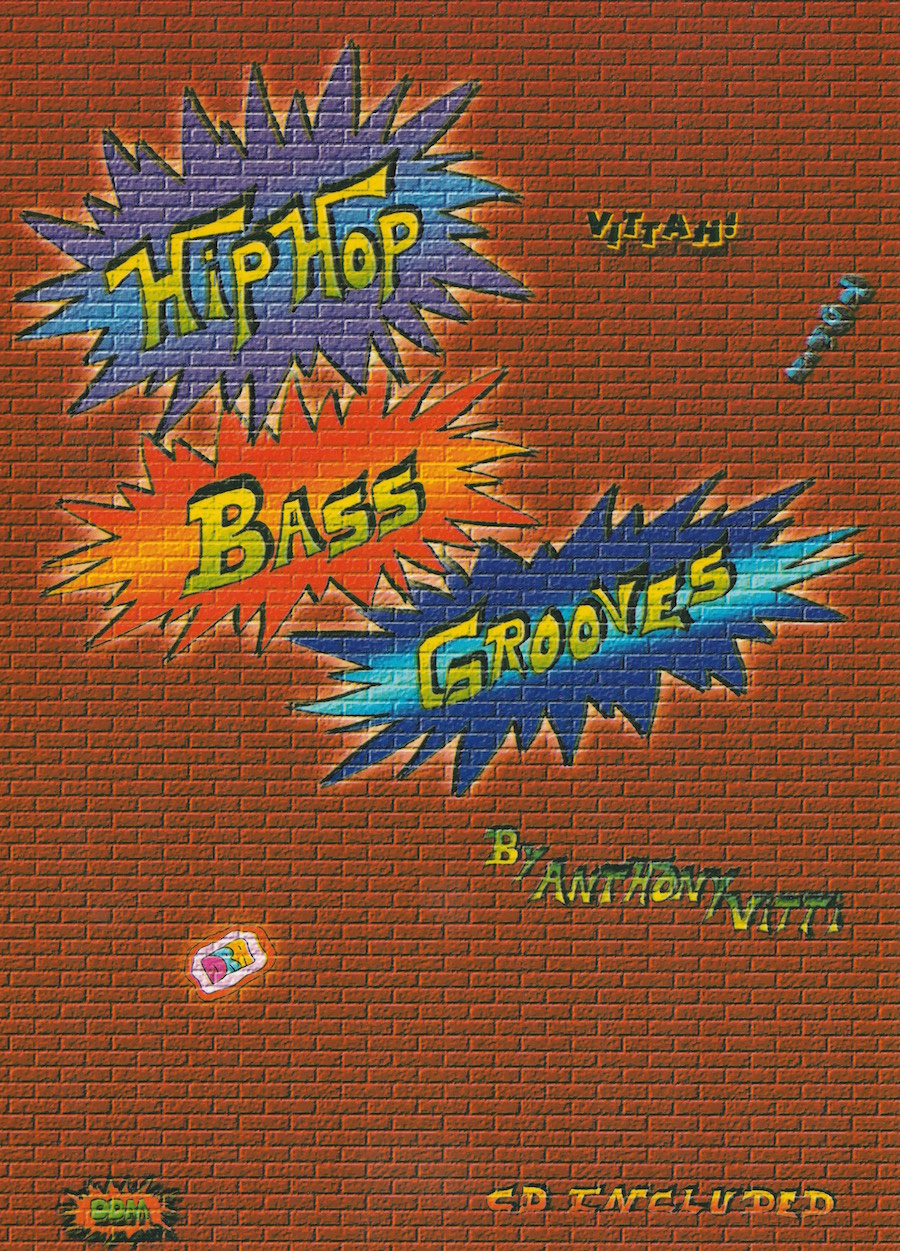Hip-Hop Bass Grooves
Hip-Hop Bass Grooves
Couldn't load pickup availability
The term Hip-Hop has grown to cover a broad range of things over the years. Today players seem to equate the term "Hip-Hop" to a groove that has a level of swing to it. That really has nothing to do with the origins of Hip-Hop music. Hip-Hop is a term that describes a whole culture. The roots of this culture come from Jamaica. A man named Clive Campbell is considered by many to be the father of Hip-Hop culture. Clive moved from Jamaica as a young man in the 70’s and began playing records at block parties and other gatherings in Bronx, New York. Clive became know as DJ Cool Herc or Hercules.
Inspired by some of the leading black political & social figures of the day, DJ’s would speak over extended break sections of the songs. Their rhymes were influenced by people like Martin Luther king, Jessie Jackson, Louis Feriqhuan, Don King, & James Brown. All had a reputation of "Singing the Word’. Groups of kids became known as Crews. These crews would have graffiti artists, break dancers and rappers. They would travel around the inner city neighborhoods of New York and have street competitions. These competitions had the intensity of rival gang street fights at times. Each crew would pit their best B Boys or break-dancers against each other head to head.
Out of these crews, block parties, DJ’s and break dancers, several artists emerged. People like Joseph Saddler aka Grandmaster Flash and Afrika Bambaataa came on the scene. The Sugarhill record label was formed and this set the stage for what has become modern Rap and Hip-Hop. Later artists like Kurtis Blow and Run DMC brought Rap and Hip-Hop to the masses by crossing over into the pop music market. Run DMC is credited with pretty much every first in Rap and Hip-Hop history. These artists and groups set the stage for all modern Rap and Hip-Hop artists.
With the brief history lesson behind us let me explain the purpose behind this book. When you first look through this book you may get the impression that it is not quite as difficult as some of my other offerings. That is, if you are familiar with those other offerings. That is my intent. The difficulty in this book lies in the subtlety of the grooves. For that matter, that is what is difficult about this whole genre of music. You will notice slight differences in rhythm and phrasing. That is what you should try to capture in your playing. Subtle variations of rhythm, notes and feel. The ability to hold the groove down consistently and for long periods of time without budging. That should be your focus. I have noticed over the years that players seem to have the most difficulty with this style.
As I explained before, Hip-Hop does not mean that a groove has a level of "Swing" to it. Hip-Hop refers to the culture and all the things that make it up. This book is focusing only on grooves that do contain a level of swing. Sometimes the swing will only be implied by the drums and, depending on the rhythmic subdivision, you may not play many notes with a level of swing. In general you will find that only one rhythmic subdivision will swing in a groove. For instance, if a groove contains 8th & 16th notes, usually only the 16th notes will swing. The 8th notes will be felt straight. You will often find this if you have a groove containing 1/4 and 8th notes. Only the 8ths will swing. It all depends on tempo and interpretation. It’s the same in Jazz. As the tempo increases the notes straighten out. When playing BeBop Jazz, the 8th notes are felt as straight 8ths at those fast tempos. Swing is hard to describe. It’s even harder to write, because you really can’t write where the notes are being played. Just think of it as the human voice. We don’t talk in a straight monotone form. You would sound like a computer. We can all read the same words, but they sound different when each of us speaks them with our own interpretation. It’s the same thing with swing. You can’t write it where it’s played. You just let the players interpret it with their own voice. Keep that in mind as you play through this book. My playing is just one interpretation. Many players would play these grooves very differently. Try to copy the feel I’m putting to the grooves. You will eventually develop your own voice. Try to get together with a drummer and keyboard player and just groove and improvise on these bass lines. They would be great to jam, too. Sometimes it’s hard to judge what is right and wrong when dealing with varying levels of swing, but we can usually all agree on what does not sound good. Be hard on yourself and strive for perfection. Don’t settle for less. Don’t forget to have fun and enjoy playing and practicing.
Share


